Why I like Red Cedar
sam_md
11 years ago
Featured Answer
Sort by:Oldest
Comments (65)
bengz6westmd
11 years agosam_md
11 years agoRelated Professionals
Stamford Landscape Contractors · Broadlands Landscape Contractors · Edinburg Landscape Contractors · Wallingford Landscape Contractors · Yukon Landscape Contractors · Lawrenceville Siding & Exteriors · Orange County Siding & Exteriors · Perth Amboy Siding & Exteriors · West Milford Siding & Exteriors · Arbutus Decks, Patios & Outdoor Enclosures · Hendersonville Decks, Patios & Outdoor Enclosures · Inwood Decks, Patios & Outdoor Enclosures · Lafayette Decks, Patios & Outdoor Enclosures · Philadelphia Decks, Patios & Outdoor Enclosures · Finneytown Stone, Pavers & Concretevieja_gw
11 years agoarktrees
11 years agoscotjute Z8
11 years agobrandon7 TN_zone7
11 years agobrandon7 TN_zone7
11 years agogandle
11 years agodavidrt28 (zone 7)
11 years agoj0nd03
11 years agobrandon7 TN_zone7
11 years agovieja_gw
11 years agovieja_gw
11 years agobrandon7 TN_zone7
11 years agovieja_gw
11 years agoarktrees
11 years agoj0nd03
11 years agoarktrees
11 years agojeff_al
11 years agosam_md
10 years agosam_md
7 years agoCaldwell Home & Garden
7 years agoalexiebalexie
7 years agoedlincoln
7 years agolast modified: 7 years agoparker25mv
7 years agolast modified: 7 years agoSmivies (Ontario - 5b)
7 years agoedlincoln
7 years agolast modified: 7 years agovieja_gw
7 years agoedlincoln
7 years agojeff_al
7 years agovieja_gw
7 years agotsugajunkie z5 SE WI ♱
7 years agosam_md
7 years agomaackia
7 years agoUser
7 years agolast modified: 7 years agodavidrt28 (zone 7)
7 years agolast modified: 7 years agomaackia
7 years agolast modified: 7 years agoedlincoln
7 years agolast modified: 7 years agoalexiebalexie
7 years agoedlincoln
7 years agoJohniferous (Zone 6B, Northern NJ)
7 years agoalexiebalexie
7 years agoedlincoln
7 years agoSmivies (Ontario - 5b)
7 years agobengz6westmd
7 years agosam_md
7 years agosam_md
5 years agosocalnolympia
5 years agosam_md
2 years agodavidrt28 (zone 7)
2 years agolast modified: 2 years ago
Related Stories

REMODELING GUIDESDesign Dilemma: How Do I Modernize My Cedar Walls?
8 Ways to Give Wood Walls a More Contemporary Look
Full Story
COLORColor Feast: When to Use Red in the Dining Room
It awakens appetites and spurs conversations, but too much is like a second helping of pie. Find the perfect balance of dining room red here
Full Story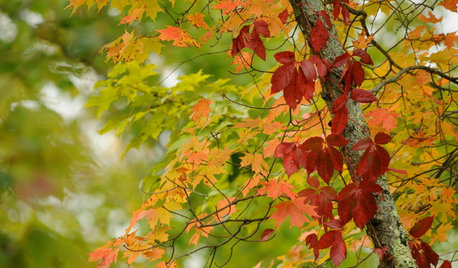
COLORFall on the Wall: Decorating With Rich Reds, Browns and Oranges
For your interiors, take a cue from nature’s colorful seasonal offerings
Full Story
FLOORSHave Your Own Red Carpet Moment Anytime
Make every day feel like an event by rolling out a red carpet at home. Autograph hounds optional
Full Story
COLORWhy My Son’s Room Will Be Red: An Expert Weighs In on Colors for Baby
Historical facts, trend recaps and enthusiastic support for painting your nursery any darn color you like
Full Story
DECORATING GUIDESDesign Details: Introduce a Hit of Red
Crimsons and Scarlets Act Like the Cherry on Top of These Rooms
Full Story
KITCHEN DESIGNKitchen of the Week: Big, Bold and Red in Texas
A cheerful red island, accessories with patina, and custom cabinetry give this 1960s kitchen a modern update
Full Story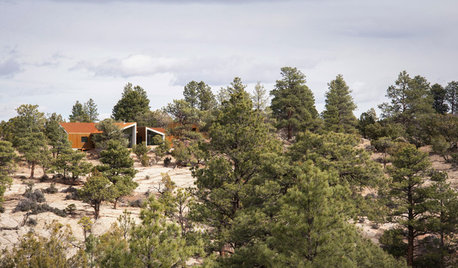
HOUZZ TOURSHouzz Tour: Red Rock Desert Views in a Utah Wilderness Retreat
A couple’s vacation home, studio-garage and guesthouse sit easily on their 40-acre site near a national park
Full Story
REDMake a Statement: The Contemporary Red Door Done 9 Ways
A Modern Reinterpretation of the Welcoming Front Entrance
Full Story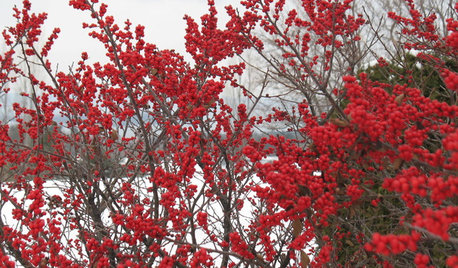
GARDENING GUIDES6 Rockin’ Red Plants for Winter Gardens
Use the bright berries or branches of these cold-climate favorites for outdoor garden interest or container arrangements anywhere
Full StoryMore Discussions







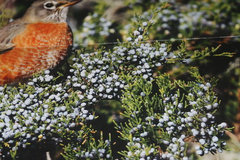
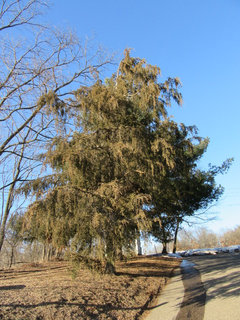
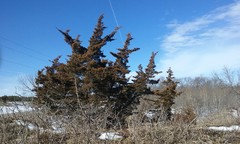

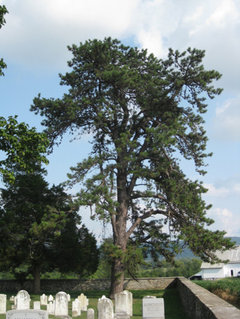
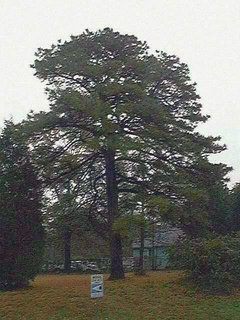
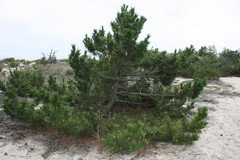
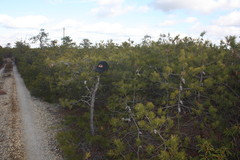


WxDano